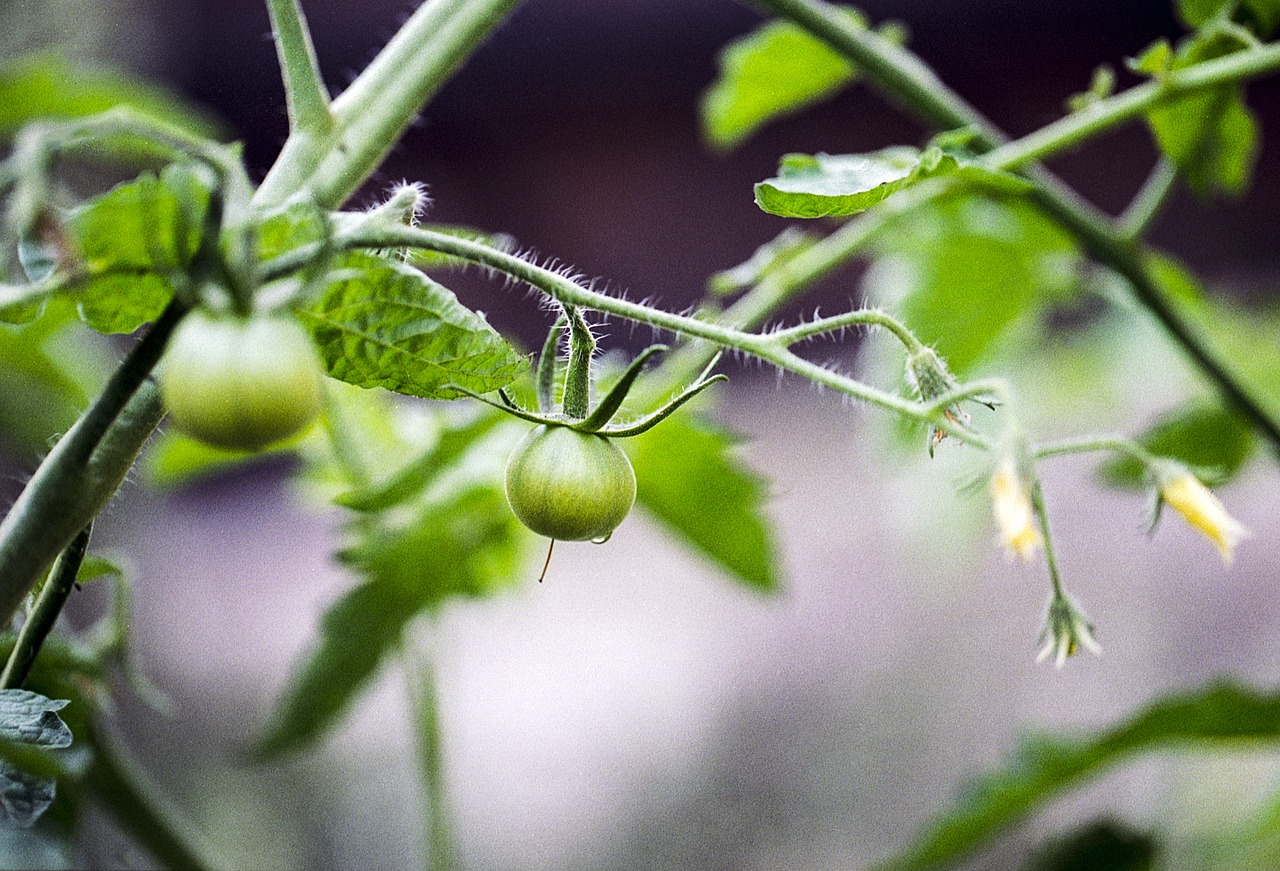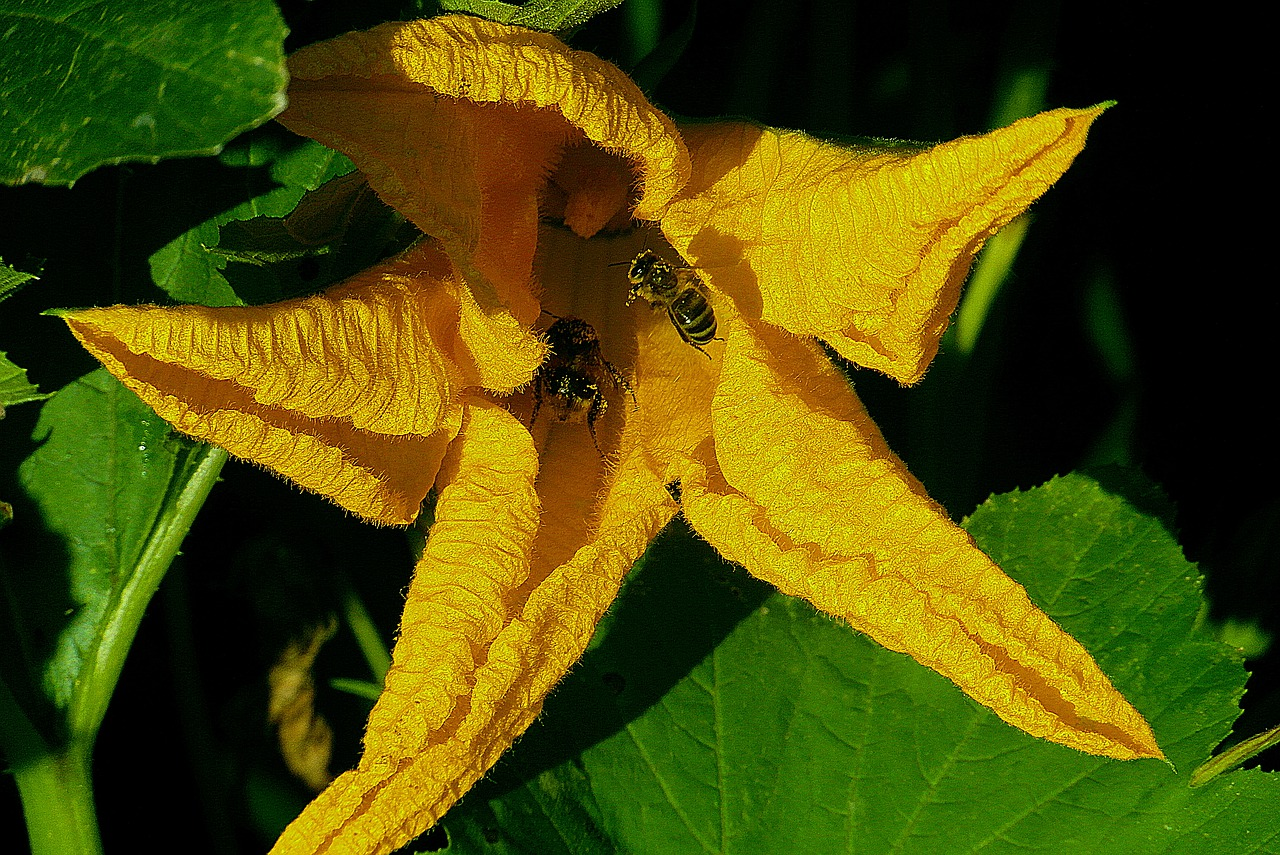Propagating old vegetable varieties
Obtaining your own seeds
Basically, you need to know that the propagation of varieties is one thing, the actual maintenance is another. Maintaining a variety requires conservation breeding. This is often not feasible in a hobby garden. Nevertheless, you can try your hand at it and obtain your own seeds. After a few years, however, you should obtain true-to-type seeds from conservation initiatives.
Preservation of self-pollinated varieties

Self-pollinating plants do not need pollen from other varieties, but fertilization from other plants of the same species is still possible. Cross-pollination of foreign genes can be prevented by isolating the plants.
Preservation of cross-pollinated varieties

In this case, the plant is dependent on pollen of a different variety for fertilization. The pollen is carried to the flower by insects or the wind. To prevent the cross-pollination of foreign genes, crop protection nets help here.
Place pollinating insects under the net

To ensure pollination of insect-pollinated crops, you should place insects under the crop protection net. Blowflies, solitary bees or bumblebees are suitable for this. If there are only a few specimens, you can of course also pollinate the plants by hand with a small brush.
Cultural tour

- Choose strong, healthy plants with typical varietal characteristics
- Look for a sunny, warm location
- Generous plant spacing
- Sow annual crops as early as possible; sow biennial crops later
- Optimum nutrient supply for seed development
- Regular checks for diseases
- Support shooting plants
Overwintering biennial plants

Some frost-hardy species can overwinter in the field. Frost-sensitive species must overwinter in a frost-free place with temperatures between 1 - 5°C. Select the best plants before storing them. Check regularly that your plants are doing well.
Seed harvest

-
Seeds of annual plants can be harvested at the end of a season (differentiate between fruits harvested ready to eat and fully ripe fruits)
-
seeds of biennial plants are only harvested in the second year. In the first year, the plants are neither harvested nor cut off so that they can flower and bear fruit in the second year

